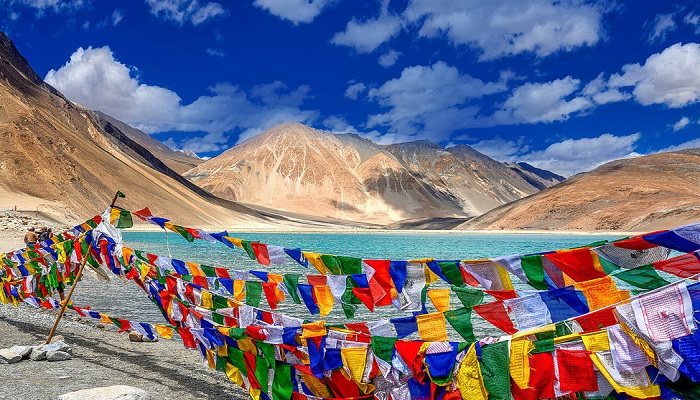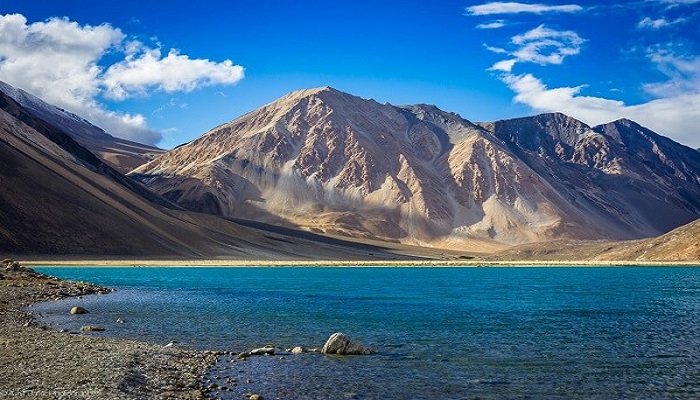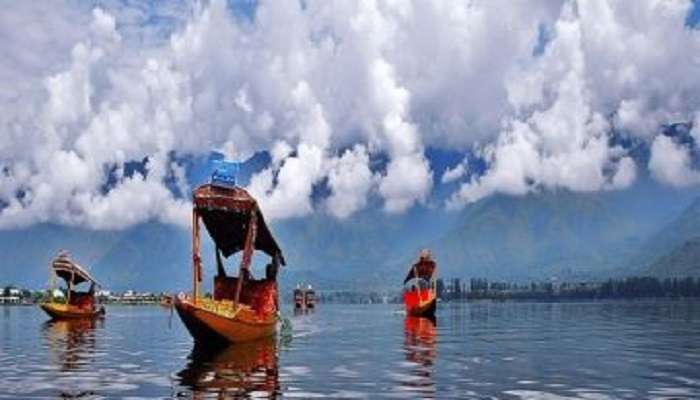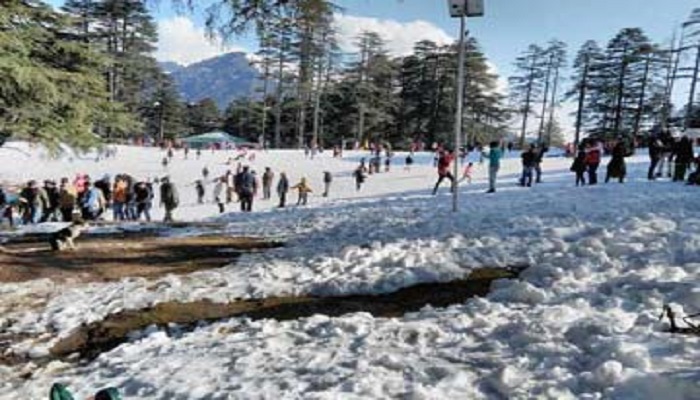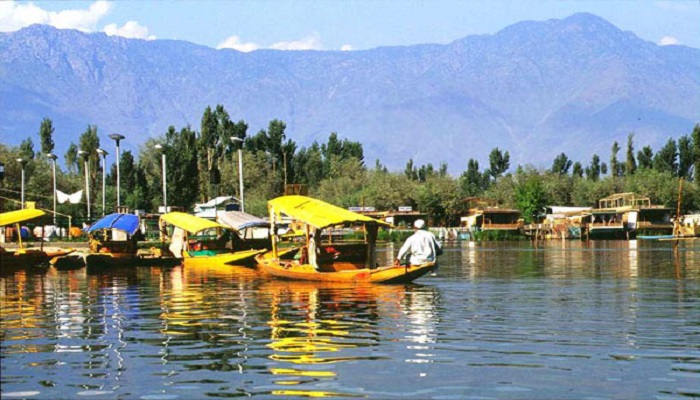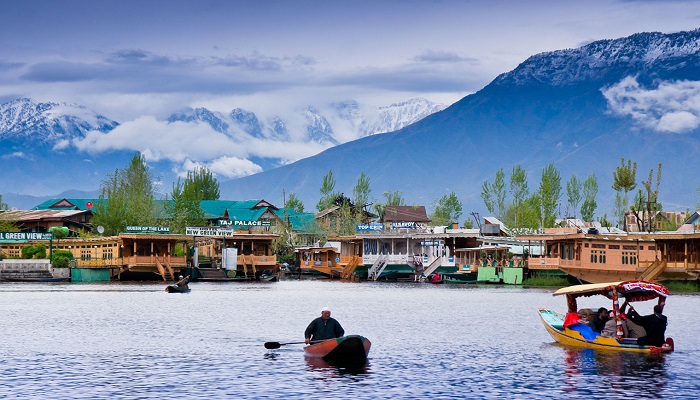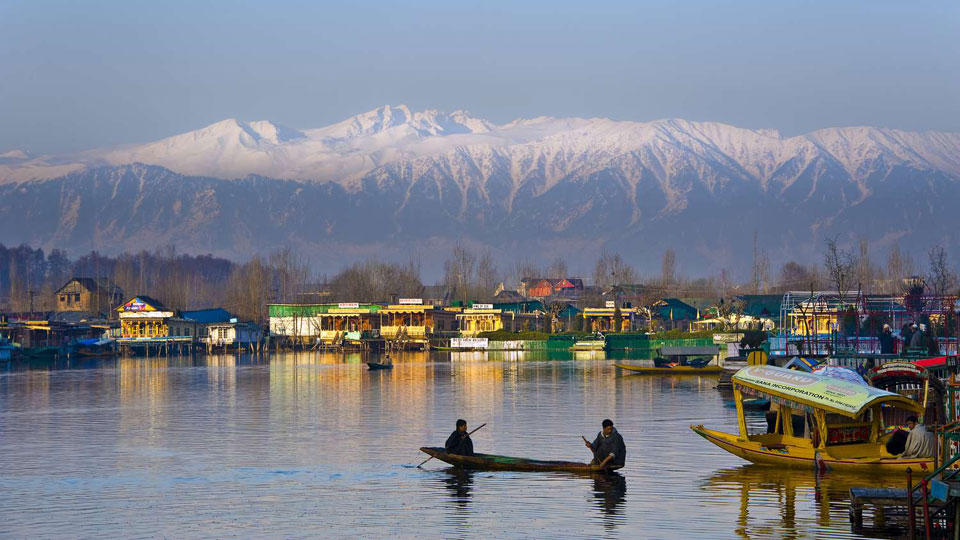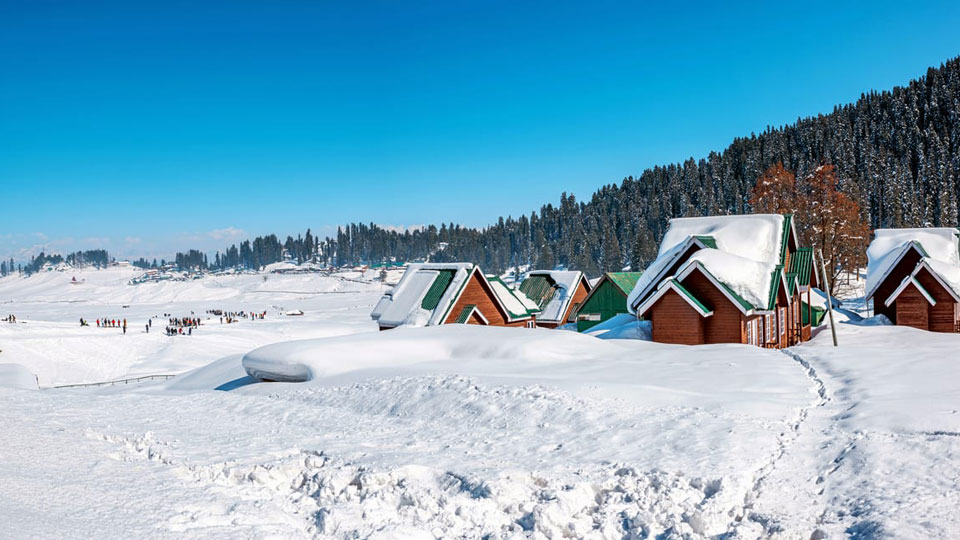Ladakh & Jammu-Kashmir
In August 2019, a reorganisation act was passed by the Parliament of India which contained provisions to reconstitute Ladakh as a union territory, separate from the rest of Jammu and Kashmir on 31 October 2019
Ladakh constitutes a part of the larger region of Kashmir, which has been the subject of dispute between India, Pakistan, and China since 1947. It is bordered by Tibet to the east, the Indian state of Himachal Pradesh to the south, Jammu and Kashmir and Gilgit-Baltistan to the west, and the southwest corner of Xinjiang across the Karakoram Pass in the far north.
The name Ladakh means “land of high passes” in Tibetan/Ladakhi. The land was connected with India through the Old Silk Road. Ladak is its pronunciation in several Tibetan districts, and Ladakh is a transliteration of the Persian spelling.
Ladakh, the land of jagged peaks and barren landscape is alluring and awe-inspiring. Hidden behind this harsh and forbidding façade is an ancient civilization and captivating people. Beyond the old frontiers lies the land of wilderness with its unaltered character and overwhelming natural beauty beckoning the more intense and adventurous of travelers. This awesome wildness and magic belongs to that great land of towering mountains and Buddhist simplicity-Ladakh.
Kashmir valley, a paradise on the earth is the land of gushing rivers and sleepy lakes, of royal gardens and tall Chinar trees. Kashmir boasts some of the most beautiful flowering meadows and snow-capped mountains. The endless beauty of this valley charms the viewers with its changing scenes from dazzling white snow of Winters to the blooming fragrance of Spring, from the sparkling greenery of Summers to the flaming beauty of Autumn. The apple orchards, saffron fields, akhrotes fields and the life on Dal lake and its exquisite handicrafts are the major attractions of the valley.
Situated mostly in the Himalayan mountains, Jammu and Kashmir is the northernmost state of India. Formerly a part of the erstwhile Princely State of Kashmir and Jammu, which governed the larger historic region of Kashmir, this territory is disputed among China, India and Pakistan.
Jammu and Kashmir consists of three regions: Jammu and the Kashmir valley. Srinagar is the summer capital, and Jammu is the winter capital. While the Kashmir valley is famous for its beautiful mountainous landscape, Ski resorts, Handicrafts, Keshor, Akhrot and Apple; Jammu attracts pilgrims.
What you should know About Ladakh & Jammu -Kashmir?
Region : North India
Established : October 26, 1947
Capital : Jammu (winter) & Srinagar (summer). Leh for Ladakh.
Size : 222,236 sq km
Rivers : Jhelum River, Indus, Tawi, Ravi and Chenab
Forest / Park : Dachigam National Park, Hemis National Park, Kazinag National Park, Kishtwar National Park, Salim Ali National Park, Ramnagar Wildlife Sanctuary, Surinsar Mansar Wildlife Sanctuary, Overa Wildlife Sanctuary and Gulmarg Biosphere Reserve.
Neighbour States : Himachal Pradesh and Punjab to the south and internationally with the People’s Republic of China to the north and east and the Pakistan-administered territories of Azad Kashmir and Gilgit-Baltistan, to the west and northwest respectively.
State Animal : Hangul
State Bird : Black necked Crane
State Tree : Chinar
State Flower : Sacred Lotus
Some Interesting Facts About Ladakh & Jammu -Kashmir?
The Mughal Emperor Jehangeer is said to have once written about Kashmir: Agar firdaus bar rue zamin ast hamin asto, hamin asto, hamin ast! (“If there be paradise on earth, it is here, it is here, it is here!”). He was writing about Kashmir, a land divided between the northern half of the northern-most state of India, Jammu and Kashmir and the district of Kashmir in Pakistan.

